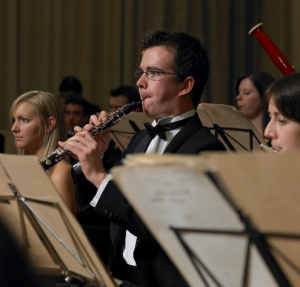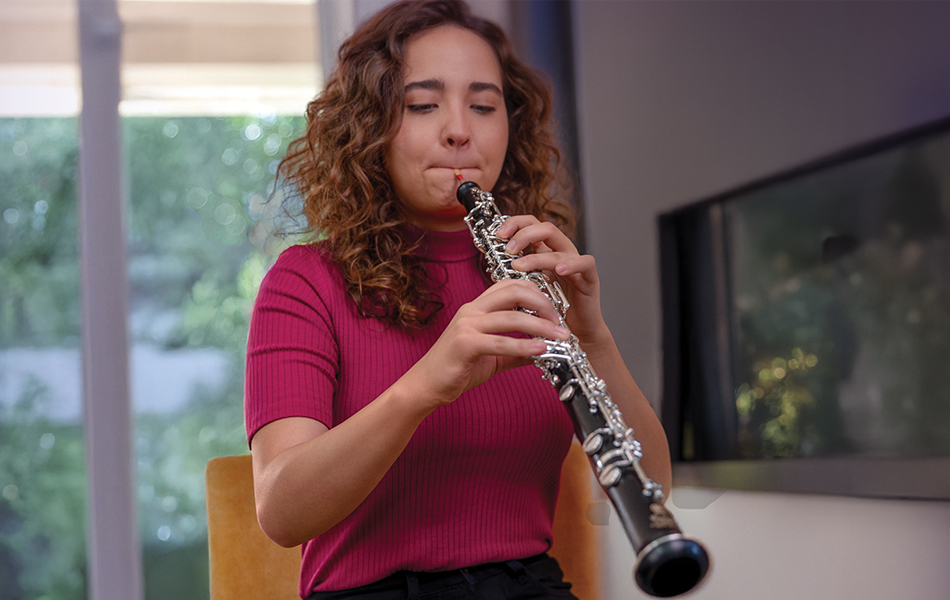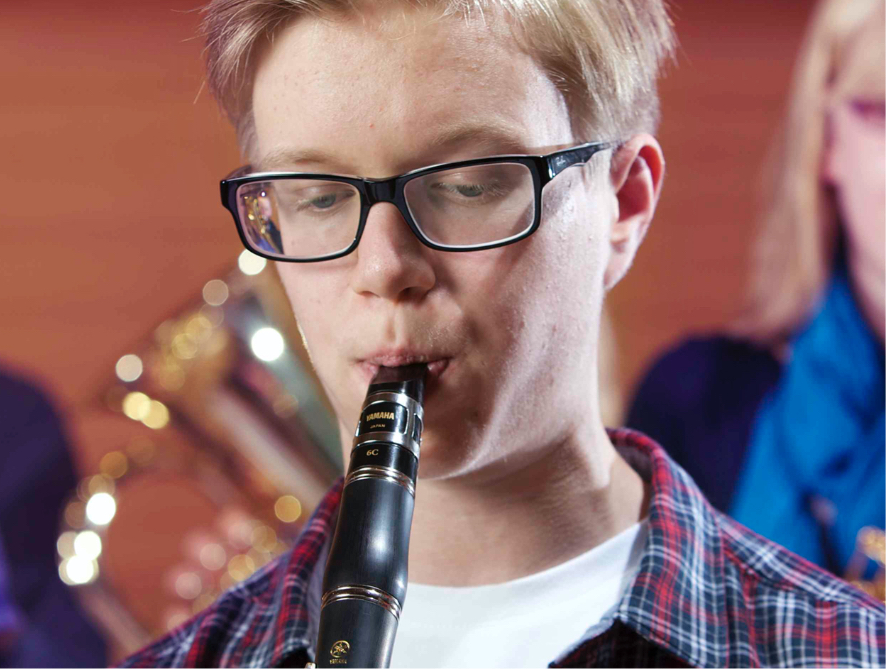Why Does the Oboe Lead the Orchestra in Tuning?
Opposites attract.

Every orchestral performance starts the same way: First, you hear the oboe play an A (the standard tuning note, usually 440 Hz, though some orchestras prefer a higher 442 Hz), followed by each instrument playing an A and the entire orchestra tuning with one another. This is the moment that announces the start of the concert.
It also raises the question of why the oboe is in charge.
Beyond the fact that its bright, penetrating sound is easy to hear, there are two explanations: The first is that it is because the oboe has a relatively stable pitch, and the second is that it is because the pitch of the oboe is unstable. The two explanations are the complete opposites of one another.
So what’s going on here?
Nearly all instruments can be unstable in pitch due to changes in heat, humidity and the like. Typically, however, they come with mechanisms (such as tuning pegs on a string instrument) that allow performers to tune them. However, because of its physical structure, you can only change the pitch of an oboe by removing and inserting reeds of different breadth or length — unlike the way you can alter the tension of a violin’s strings, for example, or adjust the position of a clarinet’s barrel. What’s more, it is nearly impossible to make any sudden changes to an oboe on the day of a performance.
The bottom line is that it’s difficult to adjust the pitch of an oboe. Therefore, the other instruments must match it, not the other way around. And that’s why the oboe serves as the orchestra’s standard for tuning!
For more information about Yamaha oboes, click here.
This posting is excerpted from the Yamaha Musical Instrument Guide.














